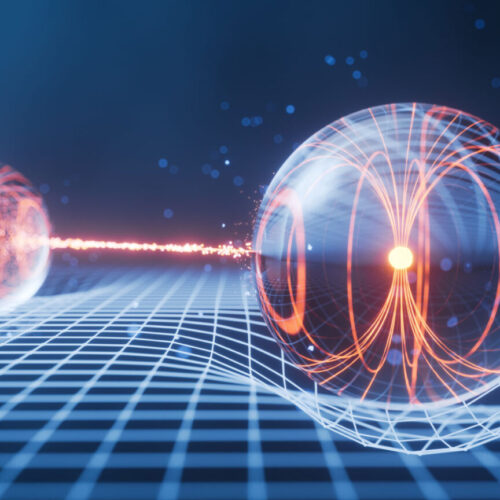New congressional report: “COVID-19 most likely emerged from a laboratory”
Recently, Congress' Select Subcommittee on the Coronavirus Pandemic released its final report. The basic gist is about what you'd expect from a Republican-run committee, in that it trashes a lot of Biden-era policies and state-level responses while praising a number of Trump's decisions. But what's perhaps most striking is how it tackles a variety of scientific topics, including many where there's a large, complicated body of evidence.
Notably, this includes conclusions about the origin of the pandemic, which the report describes as "most likely" emerging from a lab rather than being the product of the zoonotic transfer between an animal species and humans. The latter explanation is favored by many scientists.
The conclusions themselves aren't especially interesting; they're expected from a report with partisan aims. But the method used to reach those conclusions is often striking: The Republican majority engages in a process of systematically changing the standard of evidence needed for it to reach a conclusion. For a conclusion the report's authors favor, they'll happily accept evidence from computer models or arguments from an editorial in the popular press; for conclusions they disfavor, they demand double-blind controlled clinical trials.


© Grace Cary











